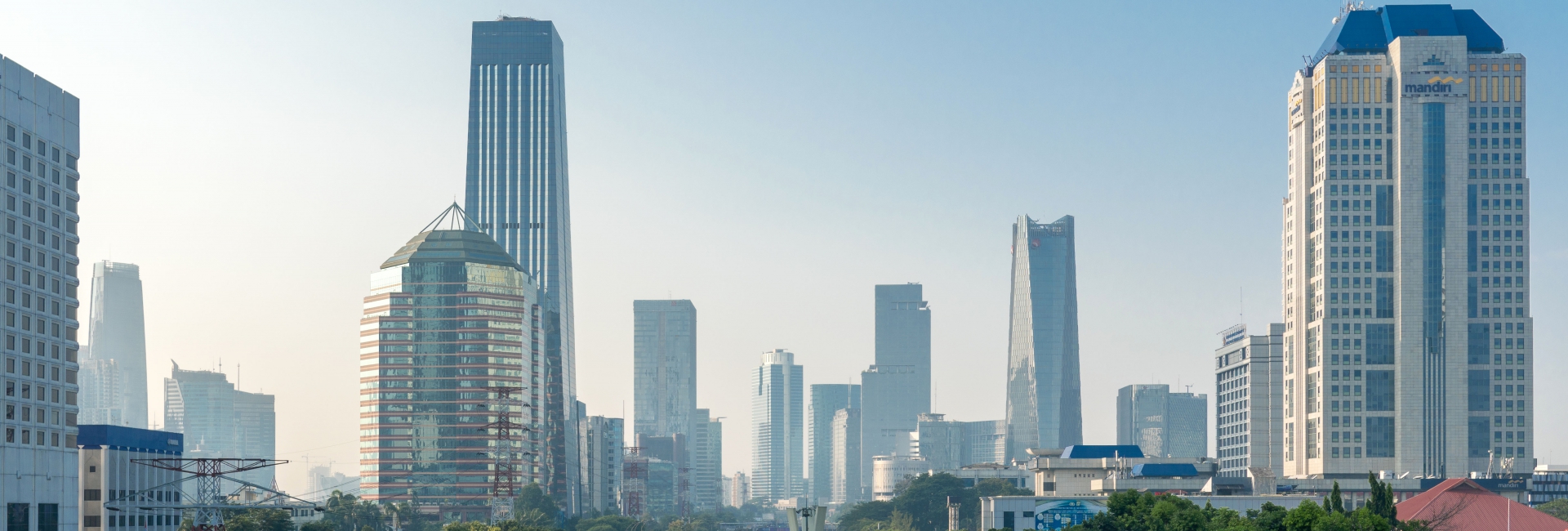.
This article is re-published from The Conversation Indonesia (TCID).
.
Indonesia has long considered moving its capital Jakarta, a low-lying city on the northwest coast of the island of Java in Southeast Asia. The idea has been floated since the days of the first president, Sukarno, who declared the country’s independence from the Dutch in Jakarta in 1945. Now the idea might come true as President Joko “Jokowi” Widodo, recently elected for a second term, seems serious about moving the capital.
Jokowi has visited several possible locations in Kalimantan, Indonesia’s side of the island of Borneo. The country’s Development Planning Agency (Bappenas) said moving the capital has been included in the 2020-2024 National Development Plan.
The government has argued that moving the capital will reduce the development gap between Java and other islands and that Jakarta is overburdened by population growth. I study urban/rural issues. I believe the government’s reasoning to move the capital is weak.
Imagination of equitable development
Data from the Country’s Statistics Agency in 2018 show economic activity in Java has contributed 58.48% of Indonesia’s gross domestic product (GDP). The eastern part of Indonesia, which includes Kalimantan, Sulawesi, Maluku and Papua, and covers 64% of the nation’s total area, contributes only 16.8% of GDP. This situation has not changed much since 2010.
The government argues that moving the capital out of Java will support equitable development in eastern Indonesia.
But to support growth in less developed areas the government needs to distribute more new centres of growth and economic opportunities, chiefly to eastern Indonesia. Moving the capital city alone will not be enough.
The government’s 2015-2019 Development Plan included policies to create these new growth centres. But we’ve yet to see how the policies have been implemented.
Research on decentralisation has shown that regional development has the potential to reduce poverty and inequality. Decentralisation allows the emergence of new economic growth poles such as Bantaeng (South Sulawesi) and Banyuwangi (East Java).
But, in its effort to support villages, the central government often carried out rushed interventions and did not consider the diversity of contexts plus needs of the local area, a study shows.
The government should avoid creating the impression that all problems can only be overcome by central intervention. The idea that moving the capital will solve inequality is centralistic and runs against the spirit of equitable development.
Contradiction in carrying capacity of Jakarta
The second reason the government uses to support moving the capital relates to population and environmental pressure on Jakarta. The capital has been considered as not conducive for government.
Bappenas argues that Jakarta continues to experience population pressure due to urbanisation. Jakarta has risks of earthquake, floods and water shortages. The river is heavily polluted. Also, traffic congestion in Jakarta results in economic losses reaching Rp56 trillion (USD$3.8 billion) per year.
The government argues that moving the capital will reduce Jakarta’s burden. The new capital city will be designed as a government centre and separate from the business centre. This concept is the same as in Australia, with Canberra and Sydney, and Malaysia, with Putra Jaya and Kuala Lumpur.
But government activities contribute only 10% of the capital’s burden.
The transfer of the capital seems like an attempt to escape the problem of chronic diseases in Jakarta that need to be addressed immediately. If not, activities in Jakarta will be paralysed and disrupt the Indonesian economy because 70% of the country’s money circulation occurs in Jakarta.
Moreover, Indonesia aims to make Jakarta a centre of global business.
To become a global city a city must be home to international-scale activities, such as being a financial centre, global tourism destination, have international organisation offices, and host of world events. This can be found in world cities such as London in England, Tokyo in Japan, and Paris in France.
Meanwhile, the new capital, which will only carry out government functions, will not be effective as a new growth centre, because such a city needs a strong economic base, such as an industrial or business centre.
Problems with Bappenas data transparency
Bappenas, which is responsible for assessing the plan to move the capital, has never actually publicised its study of the capital transfer to the public.
As a result, many parties are asking what the urgency of moving the capital city is. Indeed, they see this as an attempt to distract from other issues during the election campaign.
Before arguing about where the right location for the new capital city is, we must be sure the decision has been supported by evidence and comprehensive analysis of its implications. Otherwise, we risk repeating the same mistakes and creating problems in the new capital.
Amira Swastika Dianty translated this article from Indonesian.




